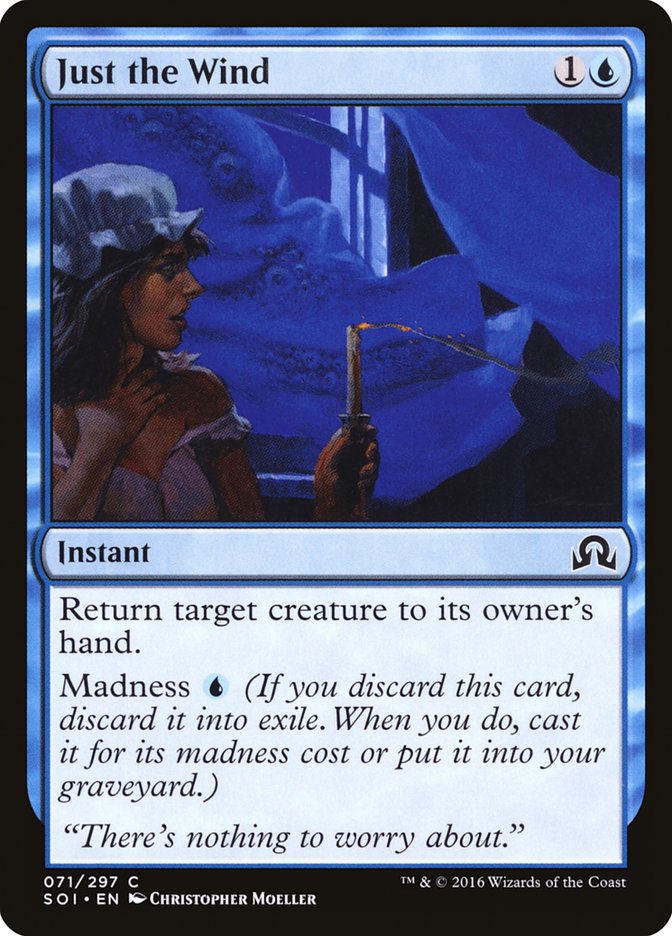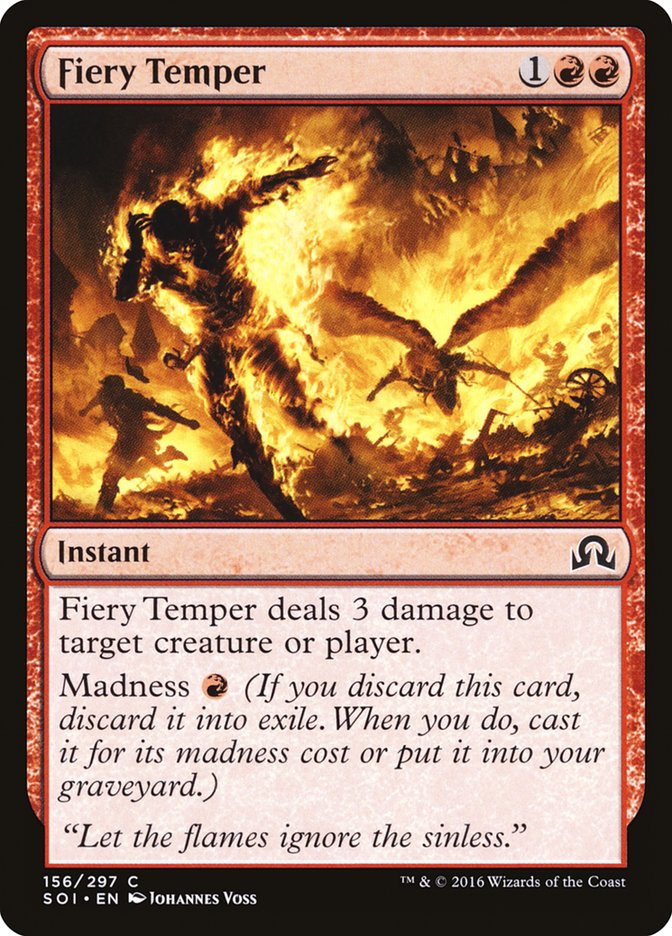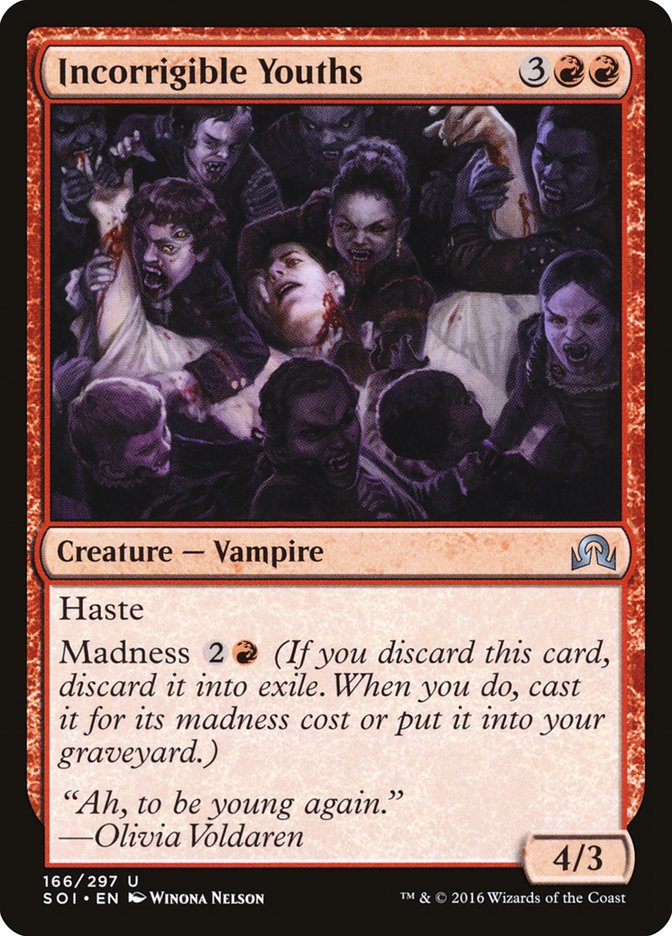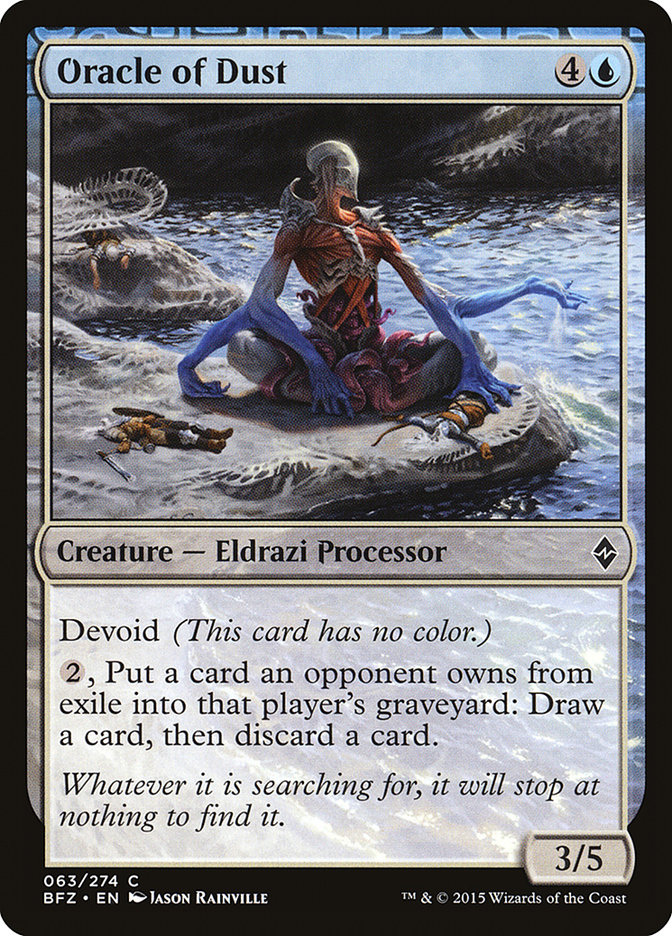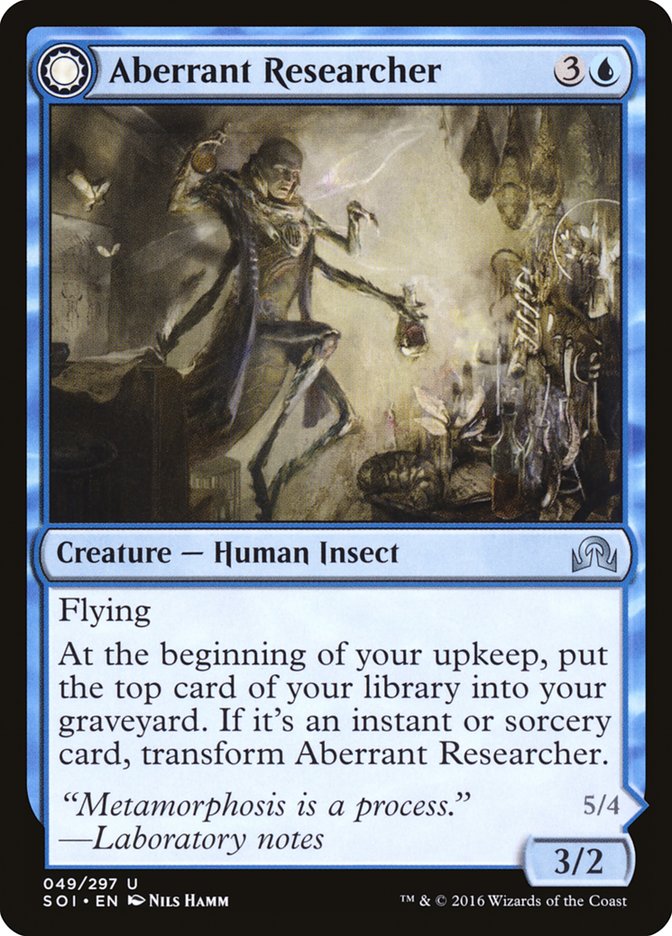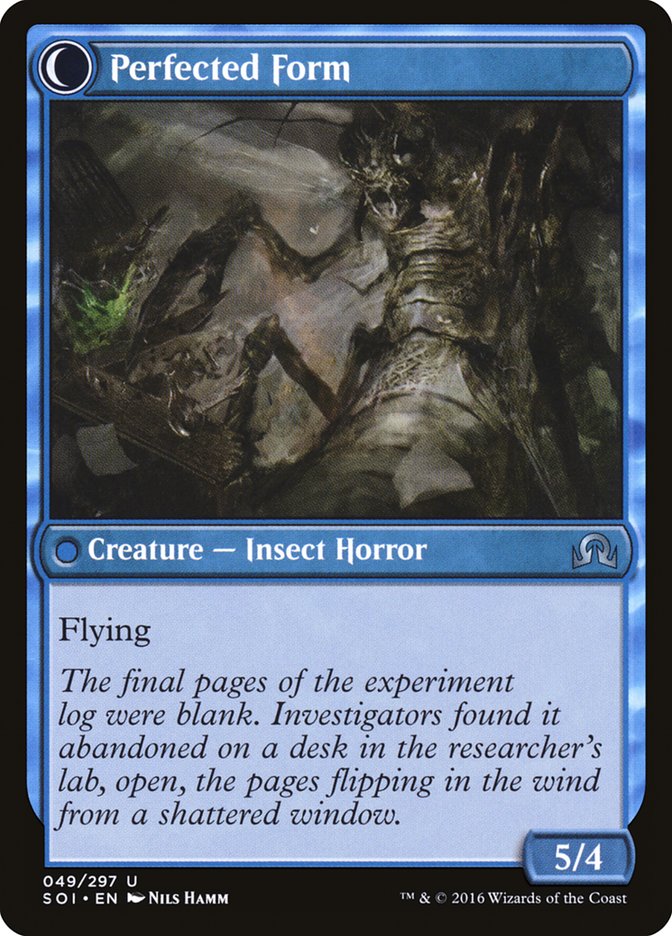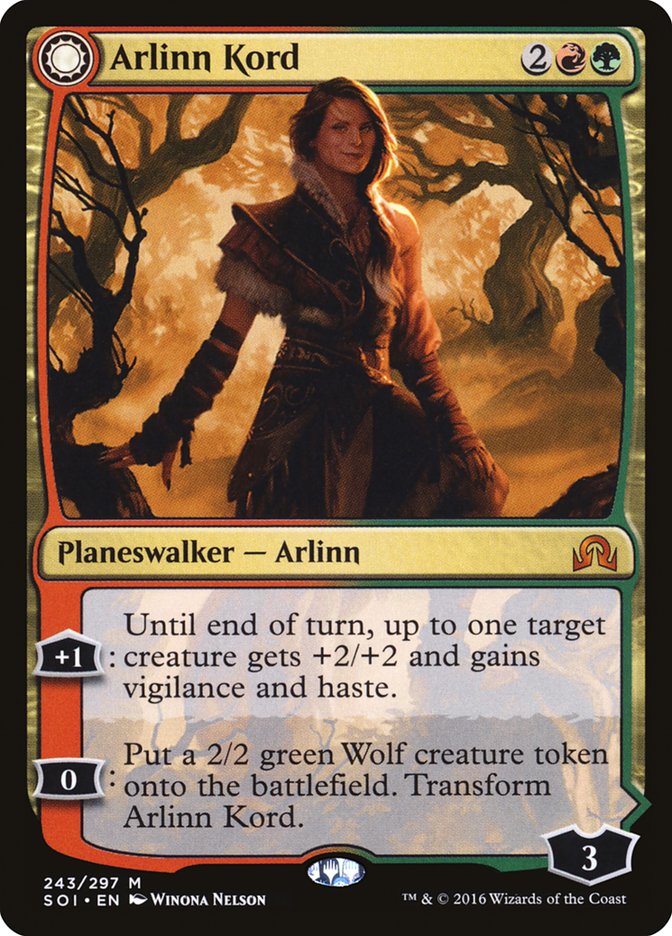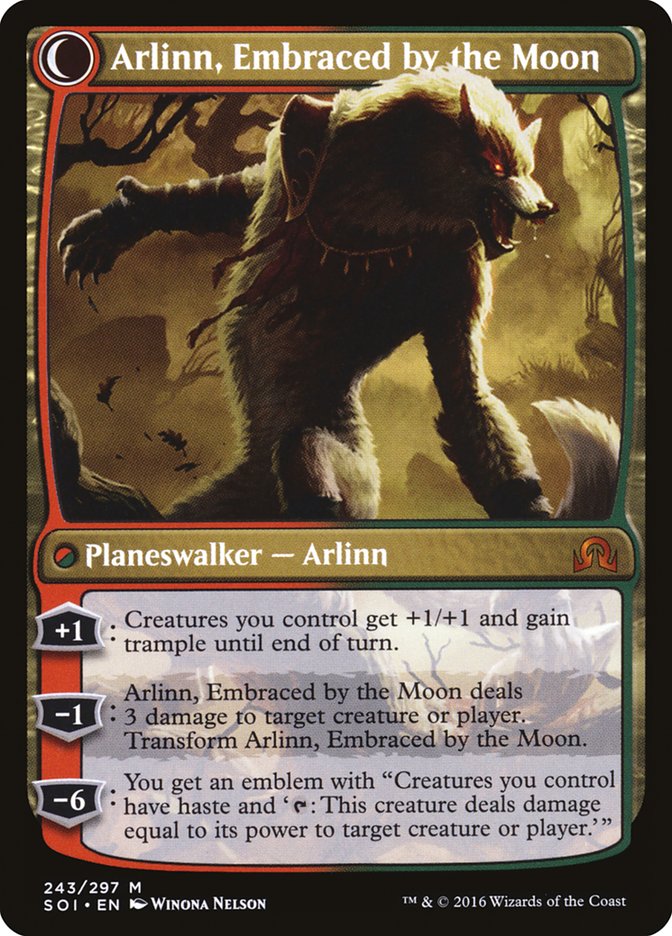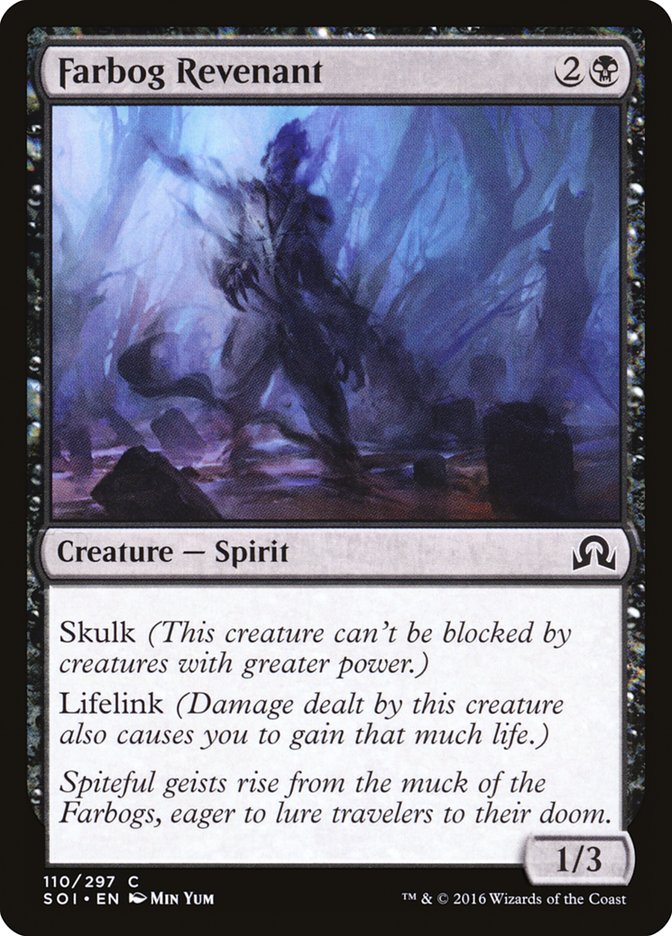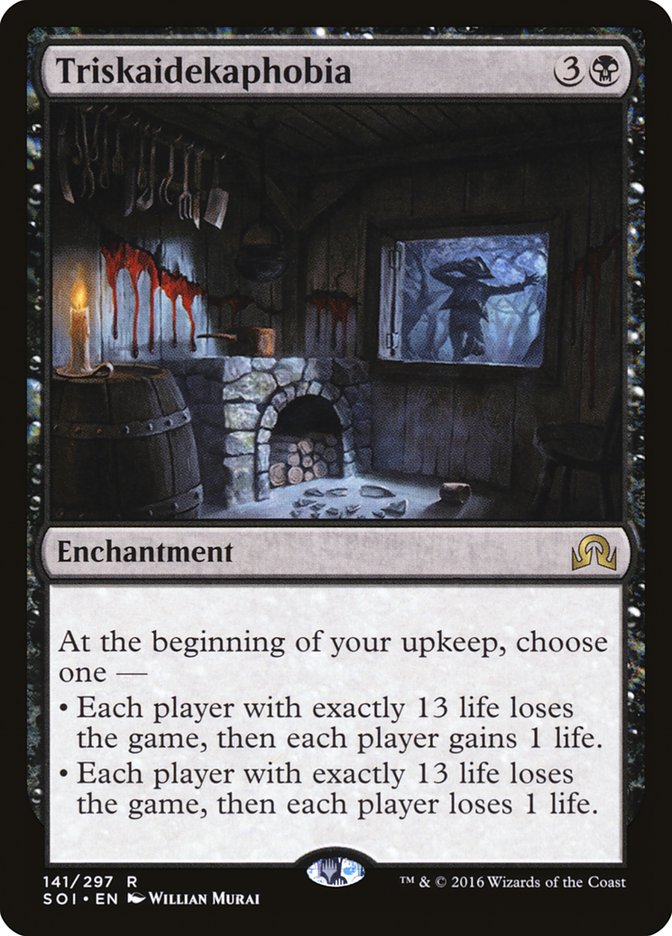Zombies clawing at the floorboards…vengeful Angels watching from the rafters…that itching feeling down your spine…and is that a knock at the door? No, surely it’s just the wind…
In this week’s Ask a Judge, we’re going to delve into some of the arcane corners and eldritch mysteries of the game rules…or at least the rules you need to succeed at your upcoming Prerelease. Fortunately, we have a very experienced guide to help us out: longtime judge and rules guru Nathan Long.
As far as the rules go, Nate’s list of qualifications is as long as my spontaneously-mutated arm. When he isn’t busy being incredibly helpful as an official “NetRep” for the judge community or writing for Cranial Insertion, he’s a movie theater manager from Durango, Colorado. Also known as “Natedogg” or “Natedogg2,” Nate has years of experience bringing people back from the brink of insanity — I mean, answering tricky rules questions. I’m incredibly excited to welcome him to the column. Take it away, Nate!
Madness
I have a Jace, Vryn’s Prodigy on the battlefield and four cards in my graveyard. I activate Jace’s ability, and discard a Fiery Temper. Can I choose to put the Temper into my graveyard instead of exile so I can transform Jace?
So we’re kicking off this article about Shadows over Innistrad, and we’re talking about Magic Origins Jace? I guess Jace really is everywhere.
This used to work, but it works no longer. Now, discarding the madness card to exile is mandatory, not optional. You have to discard the Temper to exile, so at the time we’re checking the number of cards in your graveyard, that number is still four, and Jace is stuck in his creature form (for now).
The madness cost is cheaper than the mana cost of the card. Can I just discard a card whenever I want so I can cast it via madness?
That sounds crazy, and it is crazy, because that doesn’t work. In Magic, you can’t just do something just because you want to. Some spell or ability has to let you do that. While there are plenty of cards in Shadows over Innistrad that will let you discard a card, you can’t just discard a card for no reason.
It’s my opponent’s turn, and I activate Heir of Falkenrath’s ability, discarding a Twins of Maurer Estate. I can’t normally cast a creature spell on my opponent’s turn, so did I just waste my Twins?
Nope! The rules tell you when you can normally cast a creature spell, but some spells or abilities allow you to cast them at different times, including madness. When the madness trigger resolves, you can cast the spell for its madness cost. This lets you get around the normal timing of the spell, and you’ll be able to cast the Twins, even if it’s your opponent’s turn.
My opponent discards their Incorrigible Youths to madness. Can I process their Youths with my Oracle of Dust before they can cast it?
That’s super-effective! When you discard a card to madness, a trigger goes on the stack, and when that trigger resolves, you can cast it for its madness cost. But if you have a way to get that card out of exile before that trigger resolves (hello, Processors from Battle from Zendikar), their madness card isn’t in exile when the trigger goes to resolve, so they won’t be able to cast it. And who said the Youth of today can’t be influenced?
Double-Faced Cards
I heard the rules with double-faced cards are changing. How are they changing?
Well, I’m glad you asked. There are a couple of rules changes happening with double-faced cards. Some, you’ll probably barely notice, but there’s probably one that will have a larger impact on Eternal formats.
First off, converted mana cost. This is the one that will have an impact on eternal formats. It used to be that the back side of a double-faced card had a converted mana cost of zero (makes sense: the back side has no mana cost, and the converted mana cost of an object with no mana cost is zero). But now, the back side of a double-faced card will have the same converted mana cost as the front side of the card. That means if you have an Aberrant Researcher on the battlefield and you transform it into Perfected Form, the back side will have the same converted mana cost as the front: four.
Note that cards (like Clone) which copy the back face of a double-faced card will still have a converted mana cost of zero. The copy has no front face to reference to figure out the converted mana cost, so its converted mana cost is still zero.
Speaking of Clone, let’s talk about the second change: a card that’s not a double-faced card trying to enter the battlefield transformed. Now, if a card tells you to put a card onto the battlefield transformed, and that card is not a double-faced card, that card will stay where it is and will not return to the battlefield (instead of the old “it returns to the battlefield, just not transformed”). If you have a Clone that’s a copy of Nissa, Vastwood Seer and play your seventh land, your Clone Nissa will be exiled, but it can’t return to the battlefield since Clone is not a double-faced card. Your Clone will remain exiled for the rest of the game.
And the third change: multiple instances of transforming the same card on the stack. If there are multiple activated or triggered abilities on the stack that would transform that card, if the card has transformed since that ability was put on the stack, the ability will do nothing when it resolves. Let’s take a look at an example. Let’s say you have Archangel Avacyn on the battlefield, and she’s done a really bad job of protecting your creatures, since three of them died last turn. At the beginning of the next upkeep, Avacyn’s ability will trigger three times. The first trigger to resolve will transform Archangel Avacyn into Avacyn, the Purifier, and she deals some damage. But the other two triggers won’t do anything when they resolve, since Avacyn has transformed since the trigger was put on the stack. I guess she’s just stuck in her angry form for now.
I played the new planeswalker Arlinn Kord. I activate her +0 ability and transform her into Arlinn, Embraced by the Moon. Can I activate the +1 on the back face of Arlinn?
Not this turn, but next turn you can. You can only activate one loyalty ability of a permanent per turn. Transforming Arlinn doesn’t make her into a different permanent, so after transforming Arlinn, you won’t be able to activate a second loyalty ability of her this turn.
Investigate and Clue Tokens
What does “investigate” mean?
I haven’t a clue.
But after following this Trail of Evidence, I can tell you all about them. When an effect instructs you to investigate, you put a Clue token onto the battlefield. Sure, most tokens in the past have been creature tokens, but we can handle noncreature tokens just fine (hi, Imperial Mask). The Clue tokens have a single ability: pay 2 and sacrifice the Clue token to draw a card. In the meantime, you can accumulate those Clues, and maybe you can take advantage of having a pile of artifact tokens on the battlefield?
Skulk
My opponent is attacking me with their Farbog Revenant. I block with my Ravenous Bloodseeker. Then I activate its ability, making it a 3/1. Does my creature still deal damage to their Revenant?
The Revenant may have skulk, but it’ll be sulking after this exchange. The defending creature’s power only matters at one point: while we’re declaring blockers. Once blockers are declared, the Bloodseeker will still be blocking the Revenant, even if the Revenant’s power increases beyond one. Since the Bloodseeker is now a 3/1, it will deal damage to the 1/3 Revenant and the Revenant will die.
Delirium
What are card types?
Types are a way of categorizing cards. A card’s “type line” appears right below its art. In Shadows over Innistrad, you’ll encounter seven types of cards: creatures, lands, instants, sorceries, artifacts, enchantments, and planeswalkers. In older formats, you might encounter older cards with the tribal type. These are the only card types that can exist in your graveyard, so as you can see, getting four different card types into your graveyard can be quite the challenge!
Is legendary a card type? What about basic?
No, these are supertypes. Supertypes a way of adding special rules on the cards they appear on, like the “legend rule.” These don’t count towards delirium.
Do tokens count towards delirium?
Nope. Tokens do go to your graveyard when they die, but then they promptly cease to exist, so they can’t really help you get delirious.
Questions for Nate
Why did you become a judge?
Back in 2001, I started posting on a few Magic forums (mainly, I was posting on the Wizards forums as well as an old Magic site called MTGNews). I noticed the rules forums and quickly caught on to the rules and started answering rules questions. Eventually, I caught the attention of a local-ish judge (now Level 4), Chris Richter. He encouraged me to test for Level 1, and I managed to pass the test.
I spent most of my time judging Prereleases (back when they were large Prereleases in one location rather than small ones at many stores), but in early 2005 there was going to be a Grand Prix in the area, and they were interested in having me take the Level 2 exam so I could work at the Grand Prix. So I took and passed the Level 2 exam in the spring of 2005. And since then, I’ve been working whatever Grand Prix happens to catch my interest.
What does being a “NetRep” mean? When did you become one?
So sometimes, the rules may not be 100% clear about an interaction, but we still need an answer. That’s the role of the NetRep: to communicate with the rules team about potential rules issues, and then give official answers to rules questions. I became a NetRep about nine years ago when the previous NetRep for the Wizards forums stepped down. While the Wizards forums are now a thing of the past, I still give official rulings on the judge forums and answer rules questions in various places around the internet.
How long have you been writing Cranial Insertion? How did that start?
I’m the newest writer for Cranial Insertion, the longest-running weekly rules column on the internet. It’s been running for eleven years now. Last summer, Eli Shiffrin stepped down from the column he helped create, and a slot on the writing team opened up. I was approached, and I quickly accepted their offer (if there’s one thing I can’t get enough of, it’s answering Magic rules questions on the internet). My first article, coming out right after Magic Origins came out, was my Magic Origins story. Now, every four weeks, I publish an article covering common and uncommon rules interactions that have come up. Feel free to check us out sometime!
What’s your favorite card from Shadows?
Shadows over Innistrad is just dripping in flavor, and there’s just so much to choose from. But one that sticks out to me is Triskaidekaphobia. I loved the thirteen subtheme in the original Innistrad block, I have a special connection with the number thirteen since I was born on Friday the 13th, and there’s just so much going on in the card (go ahead and count the number of utensils, or the number of broken plate fragments, for starters). It’s also the kind of card that I want to build a deck around.
—
Thanks, Nate! Hey, I know this sounds crazy, but…do you think someone’s watching us? What’s that? It’s all in my head? I mean, yes, that’s where the Angels’ voices come from. Avacyn has sent a flight of seraphs to keep watch over me. They keep telling me to check [email protected] for questions, so I make sure I do that, every day, at exactly five past noon…What’s that? People should post questions in the comments section instead? Don’t be silly. Everyone knows that’s where the Demons live. Come on, Nate, don’t look at me like. Just follow me, Nate. I’ll show you the truth…


